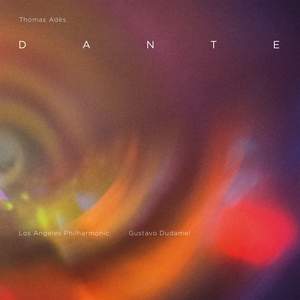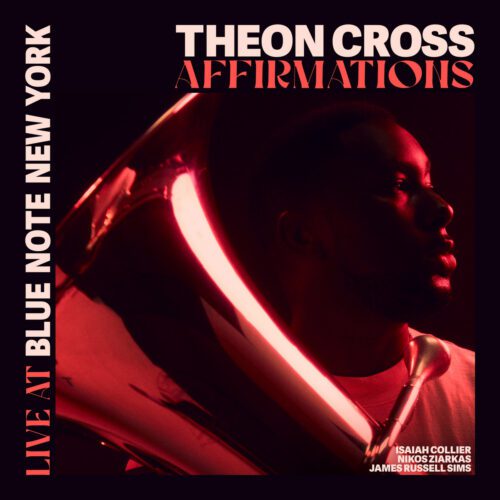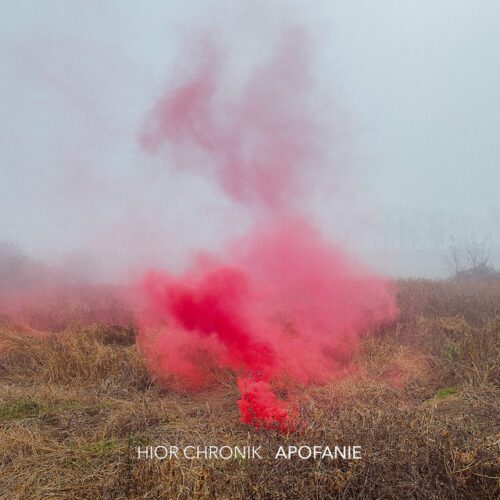For his first ballet, the British composer of Syrian origin, Thomas Adès, drew his inspiration from the story of Dante Alghieri’s Divine Comedy. A transcendental journey from the depths of Hell to the summit of Paradise via Purgatory, the work exhibited in three parts presents a complex allegory where Adès brings historical, mythological figures and characters from Dante’s time into musical material. of great richness reminiscent of Liszt, Stravinsky, Ravel and even Bernstein. After crossing a brassy soundscape with a frantic pace, the two protagonists, Dante and Virgil, emerge from Gehenna on an island to be greeted by a pre-recorded Sephardic hymn, which will accompany them in their ascent of Mount Purgatory. A river piece, the third part describes the cosmic journey that Dante, accompanied this time by Béatrice Portinari, his muse representing faith, undertakes towards the Empyrean, Paradise, through changing musical layers which conclude with the appearance of an angelic choir.
To see the complete list, click here!
























